Hiv And Gum Disease
Hiv and gum disease. In some cases HIV-P may. This condition which used to be called HIV gingivitis is common among people with. Symptoms include pain swelling swollen lymph nodes and difficulty opening the mouth.
If gingivitis is untreated the tissues and bone that support the teeth can also become affected. Gum diseases can affect one tooth or many teeth and they range from gum irritation gingivitis to severe infection periodontitis. Gum disease is more common in those with HIV due to a weakened immune system.
All other categories of periodontal disease that were non-HIV-associated were diagnosed in 60 44 of patients. Being HIV-positive makes you more likely to develop a specific type of gum inflammation. These results indicate that while the prevalence of HIV-P is low the prevalence of HIV-G and conventional periodontal disease among HIV-infected individuals is high and should be considered in the dental care of these patients.
Some of the most common oral problems for people with HIVAIDS are. Pericoronitis can be diagnosed by a. Being exposed to the pre-cum or cum also known as pre-ejaculate or ejaculate of an infected partner.
Having poor oral health which can include tooth decay gum disease or bleeding gums and oral cancer. These mouth sores can. The risk is less than vaginal or anal intercourse but the risk is real and.
Collections of pus that develop under your gums or teeth gum abscesses. Loose teeth that can make eating difficult. In fact between 32 and 46 percent of people with HIV develop mouth complications due to a weakened immune system.
Dental problems such as sore bleeding gums herpes sores in the mouth and fungal and candida yeast infections may be among the first signs of AIDS. Pericoronitis commonly occurs in teens or young people when the wisdom teeth erupt.
This is known as periodontitis or periodontal disease.
Collections of pus that develop under your gums or teeth gum abscesses. The discomfort and irritation caused by gum disease can lead to swelling or pain. Early detection of HIV-related oral lesions can be used to diagnose HIV infection and monitor the diseases progression. Oral manifestations include fungal bacterial or viral infections of which oral candidiasis is the most common and often the first symptom. HIV-associated gingivitis and HIV-associated periodontitis HIV-P are seen exclusively in HIV-infected persons. Oral HIV lesions cause pain discomfort dry mouth and difficulties swallowing. These mouth sores can. The risk is less than vaginal or anal intercourse but the risk is real and. This condition which used to be called HIV gingivitis is common among people with.
Patients with severe immunosuppression as a consequence of infection by human immunodeficiency virus HIV are at risk for a number of severe periodontal diseases. All other categories of periodontal disease that were non-HIV-associated were diagnosed in 60 44 of patients. The first stage is called linear gingival erythema LGE and appears as redness along the gum line. Gum diseases can affect one tooth or many teeth and they range from gum irritation gingivitis to severe infection periodontitis. In fact between 32 and 46 percent of people with HIV develop mouth complications due to a weakened immune system. Pericoronitis can be diagnosed by a. Gum disease is more common in those with HIV due to a weakened immune system.
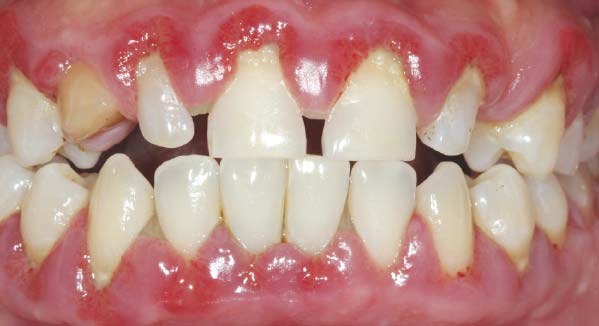
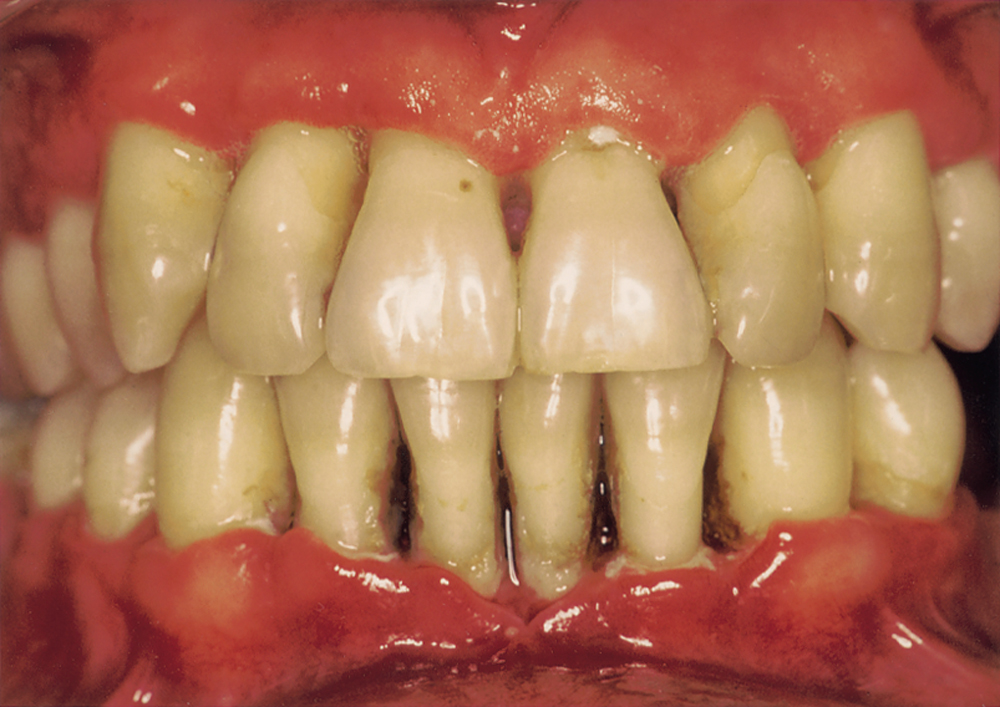



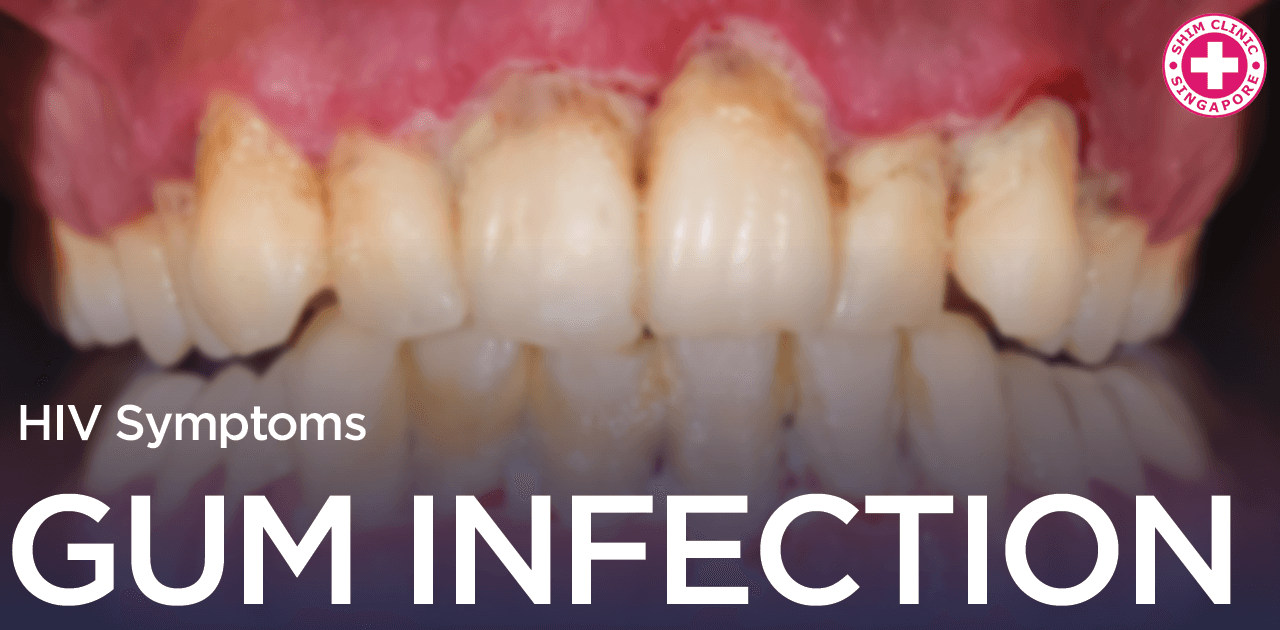
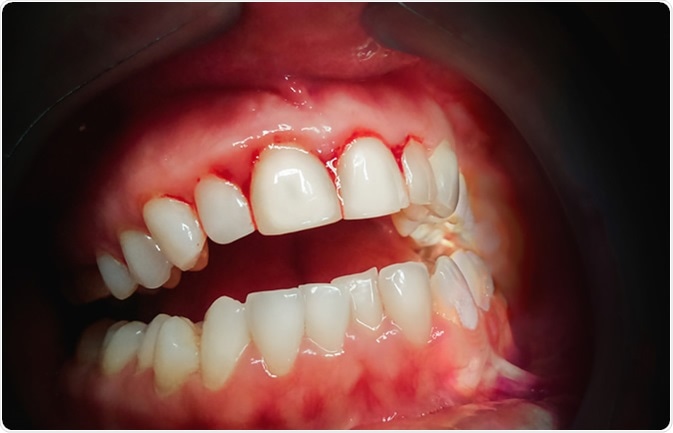
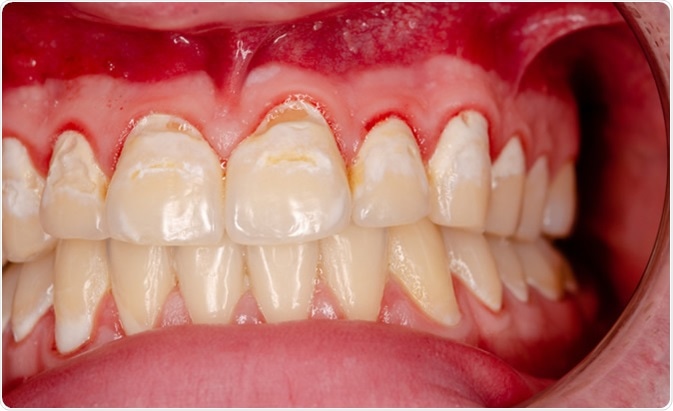
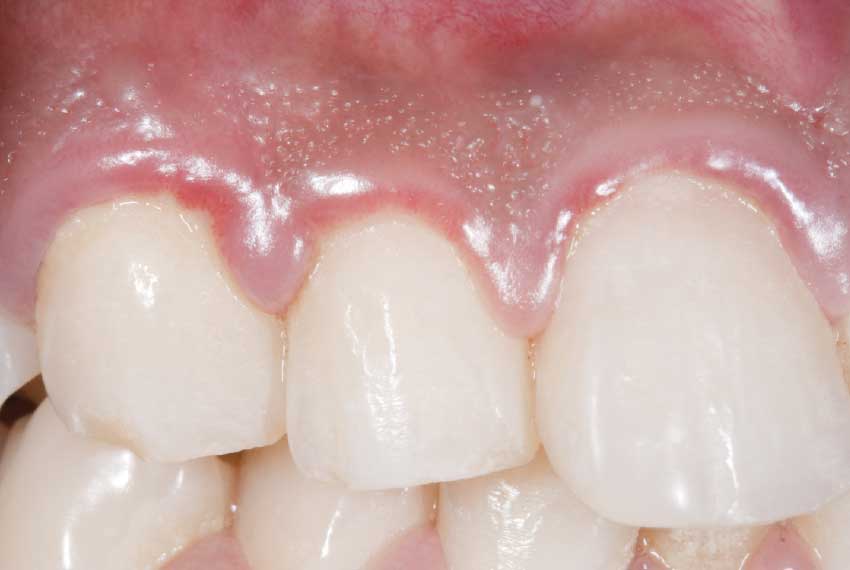




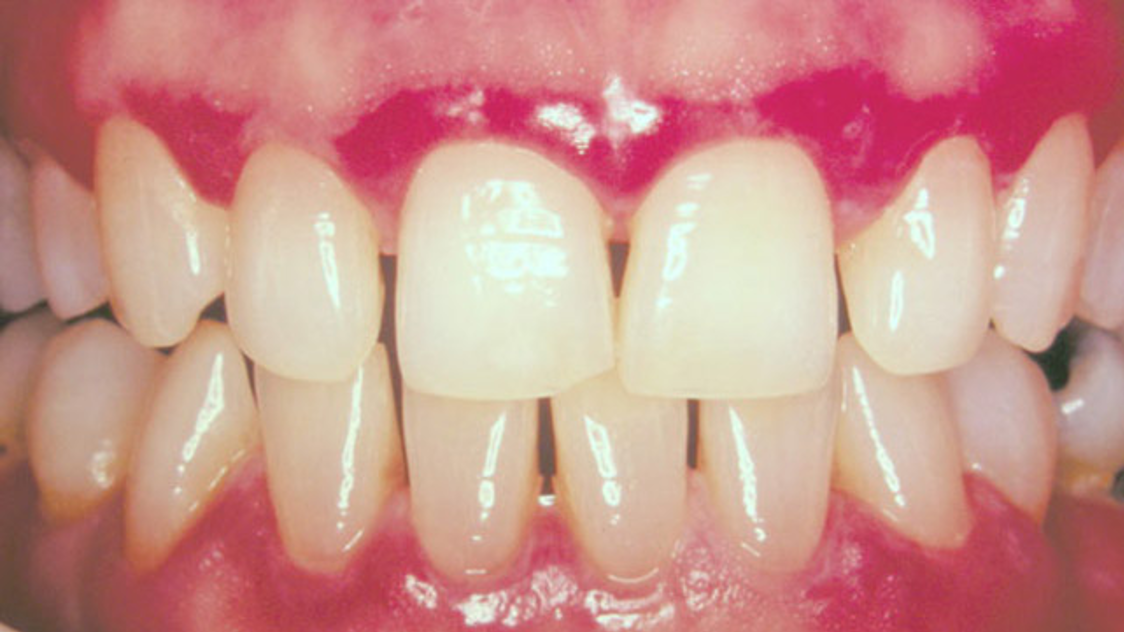



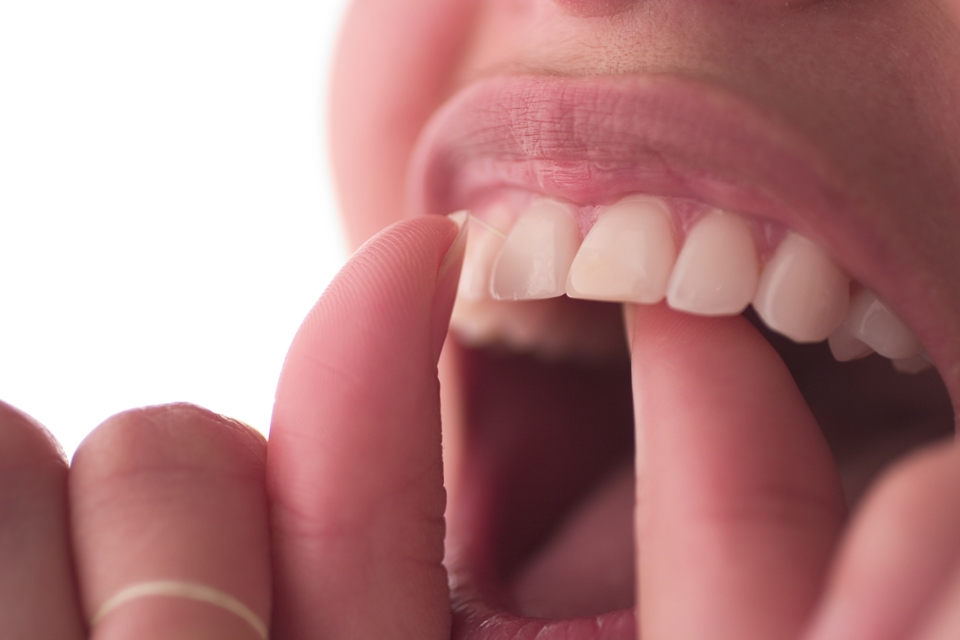
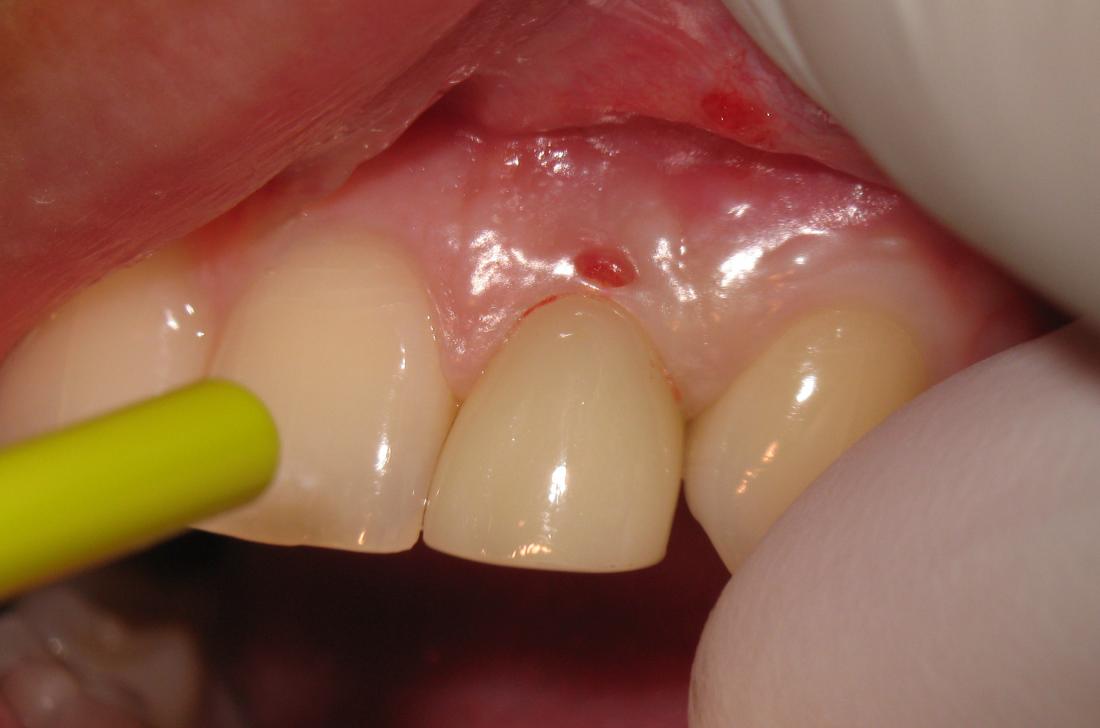



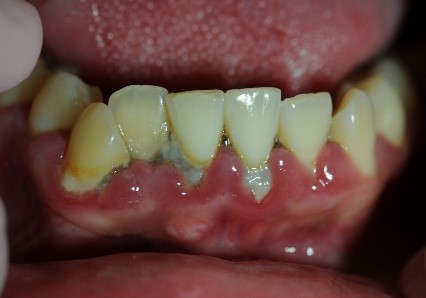

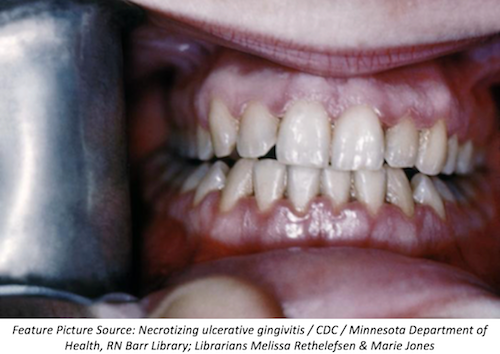










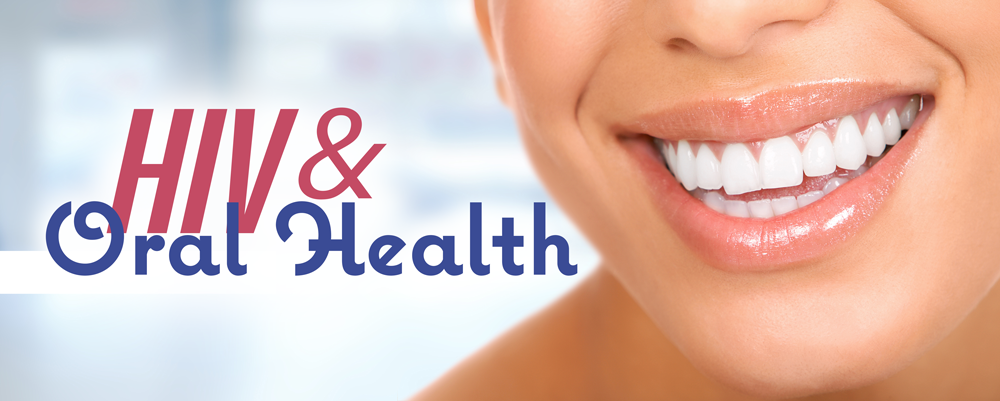

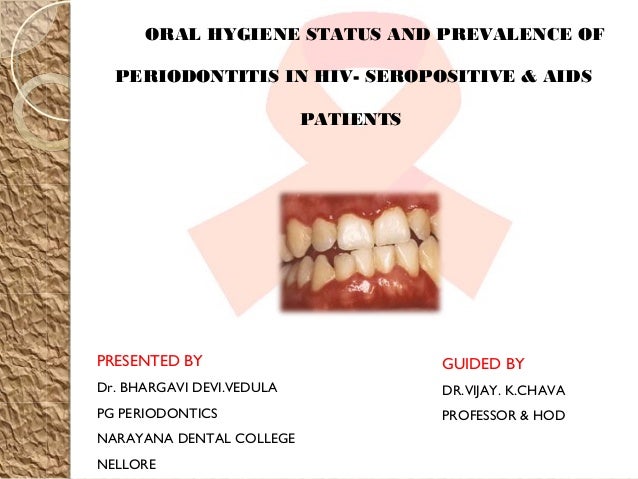
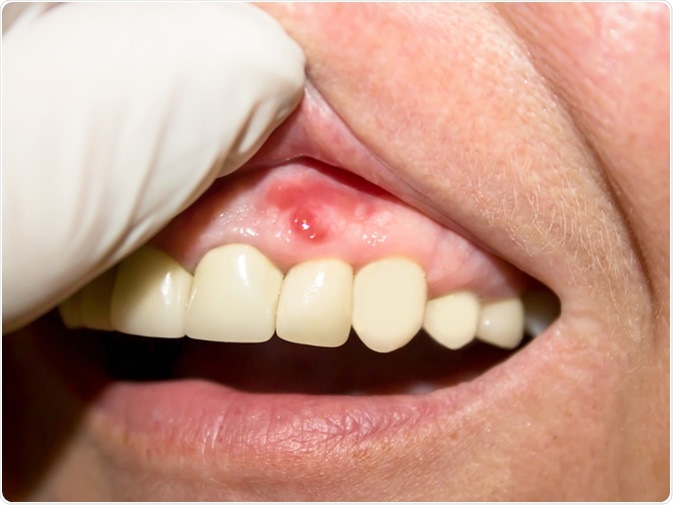



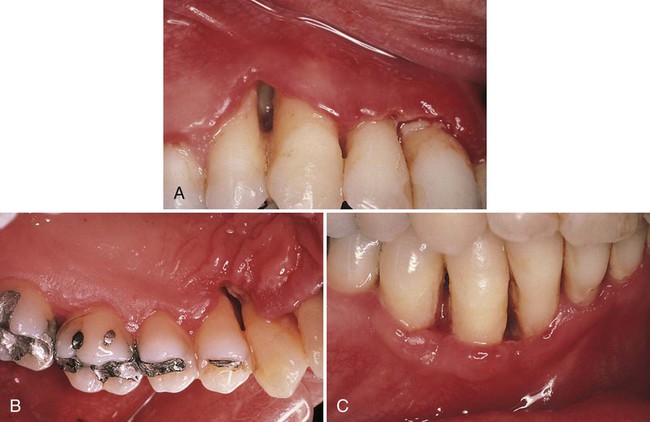


Post a Comment for "Hiv And Gum Disease"